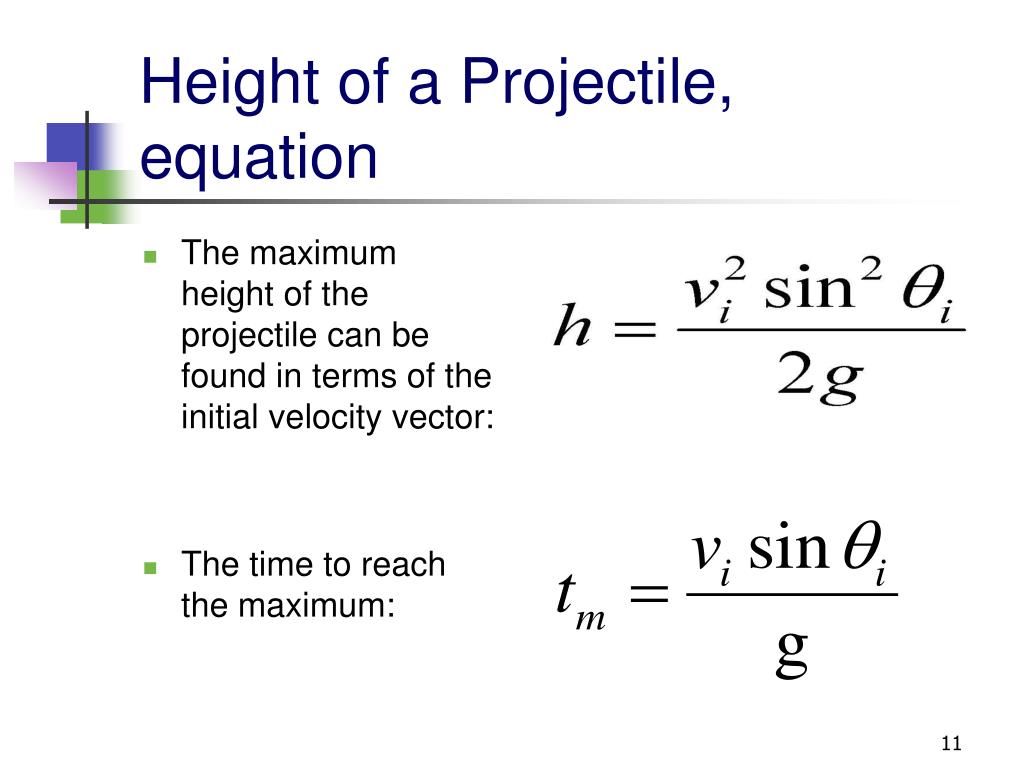

Projectile motion equation free#

There is an obvious question that what are the differences between projectile motion and free fall? We have listed the differences between the projectile motion and free fall motion in below. How is the projectile motion different from the free fall motion?


Then what are the equations of projectile motion? In this article, I’m going to derive and explain all the equations of projectile motion in physics. Simple linear equations are not directly applicable for this motion. This type of motion of a projected particle is called the Projectile motion. If we throw an object at an angle with respect to the ground, it will not follow a straight path. Using these equations one can find the position, velocity, acceleration and energy of a particle moving in a straight line with a constant velocity or constant acceleration. In other cases we may choose a different set of axes.Equations for the linear motion and free fall are known to all. It is not required that we use this choice of axes it is simply convenient in the case of gravitational acceleration. (This choice of axes is the most sensible because acceleration resulting from gravity is vertical thus, there is no acceleration along the horizontal axis when air resistance is negligible.) As is customary, we call the horizontal axis the x-axis and the vertical axis the y-axis. The key to analyzing two-dimensional projectile motion is to break it into two motions: one along the horizontal axis and the other along the vertical. We discussed this fact in Displacement and Velocity Vectors, where we saw that vertical and horizontal motions are independent. The most important fact to remember here is that motions along perpendicular axes are independent and thus can be analyzed separately. In this section, we consider two-dimensional projectile motion, and our treatment neglects the effects of air resistance. The motion of falling objects as discussed in Motion Along a Straight Line is a simple one-dimensional type of projectile motion in which there is no horizontal movement. Such objects are called projectiles and their path is called a trajectory. Some examples include meteors as they enter Earth’s atmosphere, fireworks, and the motion of any ball in sports. The applications of projectile motion in physics and engineering are numerous. Projectile motion is the motion of an object thrown or projected into the air, subject only to acceleration as a result of gravity. Calculate the trajectory of a projectile.Find the time of flight and impact velocity of a projectile that lands at a different height from that of launch.Calculate the range, time of flight, and maximum height of a projectile that is launched and impacts a flat, horizontal surface.Use one-dimensional motion in perpendicular directions to analyze projectile motion.By the end of this section, you will be able to:


 0 kommentar(er)
0 kommentar(er)
